Everyone thinks that only when working in a company and fully paying social insurance can one receive a pension. However, by paying voluntary social insurance, a person not working can still receive a pension.
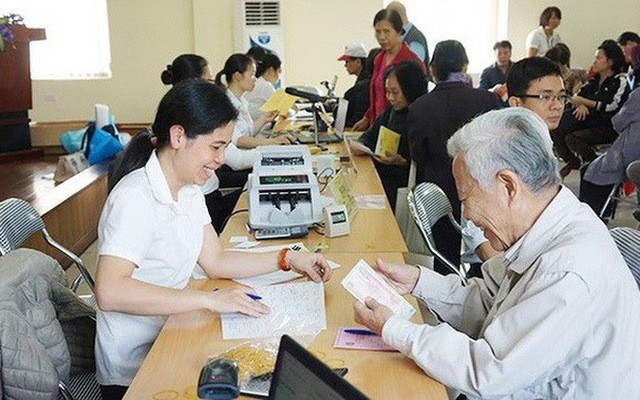
Persons who pay voluntary social insurance still enjoy pensions even they do not go to work (Illustration)
What is voluntary social insurance?
Clause 3, Article 3 of the Law on Social Insurance of Vietnam stipulates that voluntary social insurance is a type of social insurance organized by the State, in which participants can choose their contribution level and method, in line with their income, and the State provides support policies for social insurance contributions so that participants can receive pensions and funeral allowances.
Clause 4, Article 2 of the Law on Social Insurance also stipulates that the subjects participating in voluntary social insurance are Vietnamese citizens aged 15 and above who are not subject to compulsory social insurance.
When participating in voluntary social insurance, non-working individuals still receive a pension.
Methods of contributing to voluntary social insurance
According to Article 87 of the Law on Social Insurance, Article 9 of Decree 134/2015/ND-CP of Vietnam's Government, Article 8 of Circular 01/2016/TT-BLDTBXH detailing several aspects of the Law on Social Insurance regarding voluntary social insurance, participants can choose one of the following contribution methods to the retirement and death funds:
- Contributing monthly;
- Contributing every 3 months;
- Contributing every 6 months;
- Contributing annually;
- Contributing for multiple years in advance, but not exceeding 5 years at a time.
For individuals who have met the age requirements for pension but are still short of up to 10 years (120 months) of social insurance contributions, they can choose any of the above methods or pay a lump sum to cover the remaining period up to 20 years to receive a pension.
Amount of contribution to voluntary social insurance
According to Clause 1, Article 87 of the Law on Social Insurance, the monthly contribution level for voluntary social insurance is 22% of the monthly income chosen by the laborer to contribute to the retirement and death funds.
Note: The monthly income used as the contribution base should not be lower than the poverty threshold of rural areas and should not exceed 20 times the statutory pay rate.
Conditions for receiving pension with voluntary social insurance contributions
According to Article 73 of the Law on Social Insurance, amended by point c, Clause 1, Article 219 of the Labor Code 2019, employees are eligible for pensions when meeting the following conditions:
- Employees working under normal conditions progressively adjust to be 62 for men by 2028 and 60 for women by 2035;
- From January 1, 2021, the retirement age for employees under normal working conditions is 60 years and 3 months for men and 55 years and 4 months for women; subsequently, increasing by 3 months annually for men and 4 months for women;
- Having contributed to social insurance for at least 20 years.
Pension with voluntary social insurance contributions
According to Clause 2, Article 74 of the Law on Social Insurance, Clause 2, Article 3 of Decree 134/2015/ND-CP, Clause 2, Article 3 of Circular 01/2016/TT-BLDTBXH, the pension benefits are as follows:
- For those retiring from January 1, 2016, to before January 1, 2018, the monthly pension rate is calculated at 45% for the first 15 years of social insurance contributions, then an additional 2% per year for men and 3% per year for women; with a maximum of 75%;
- For women retiring from January 1, 2018, onwards, the monthly pension rate is calculated at 45% for the first 15 years of social insurance contributions, then an additional 2% per year; with a maximum of 75%;
- For men retiring from January 1, 2018, onwards, the monthly pension rate is calculated at 45% corresponding to the number of social insurance contribution years as follows, then an additional 2% per year; with a maximum of 75%:
| Year of retirement | Number of years of social insurance contributions corresponding to a 45% pension rate |
| 2018 | 16 years |
| 2019 | 17 years |
| 2020 | 18 years |
| 2021 | 19 years |
| From 2022 onwards | 20 years |
Note: When calculating the monthly pension rate, if the contribution period has odd months, they are rounded to years as follows: from 1 month to 6 months is considered half a year; from 7 months to 11 months is considered a full year.
Example: Mr. A receives a pension from October 2016, with a social insurance contribution period of 28 years and 3 months, and an average monthly income of 5,000,000 VND. Mr. A's monthly pension is calculated as follows:
- Mr. A's monthly pension rate:
+ Mr. A's contribution period of 28 years and 3 months, with 3 months considered as half a year, thus the total social insurance contribution period is 28.5 years.
+ The first 15 years equal 45%;
+ For the remaining 13.5 years, calculated as: 13.5 x 2% = 27%;
Thus, Mr. A's monthly pension rate is: 45% + 27% = 72%.
- Mr. A's monthly pension is: 72% x 5,000,000 VND/month = 3,600,000 VND/month.
Individuals not subject to compulsory social insurance can still receive a pension if they participate in voluntary social insurance. It is essential to adhere to these regulations to benefit from welfare policies and protect one's interests.
Le Vy
- Key word:
- pensions
 Article table of contents
Article table of contents
.jpg)

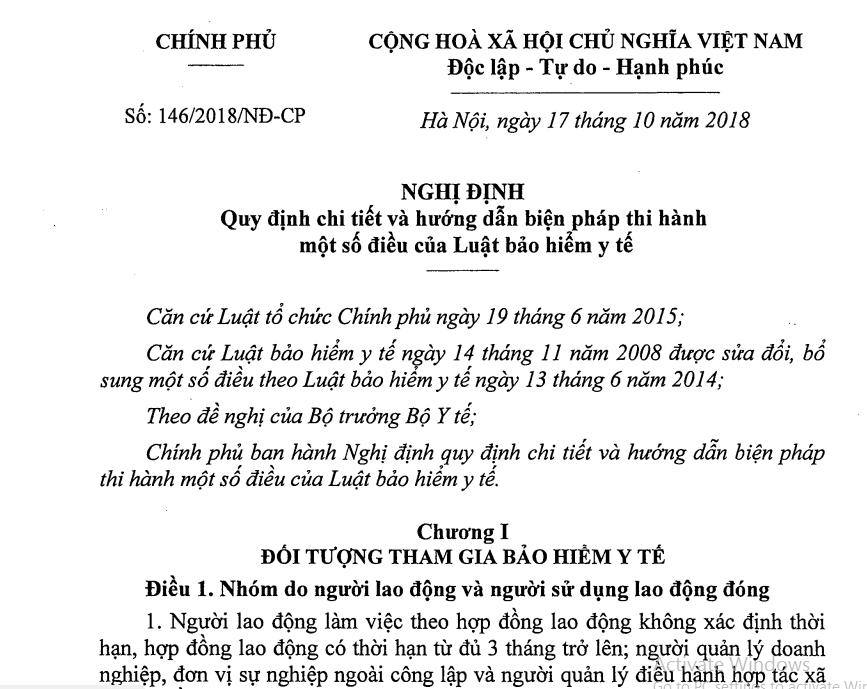
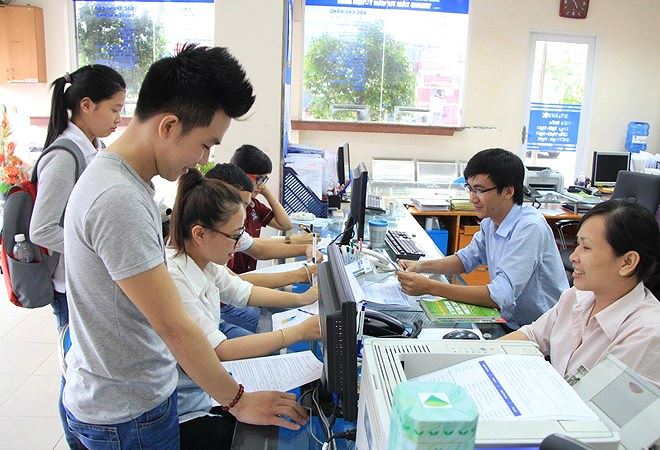
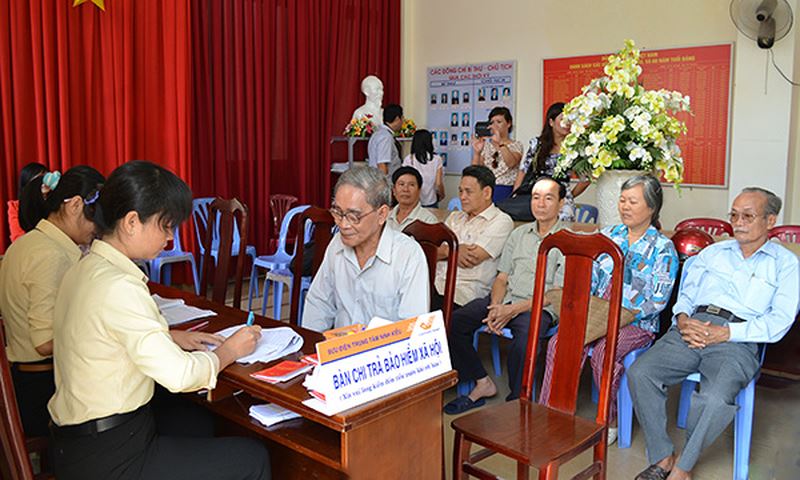
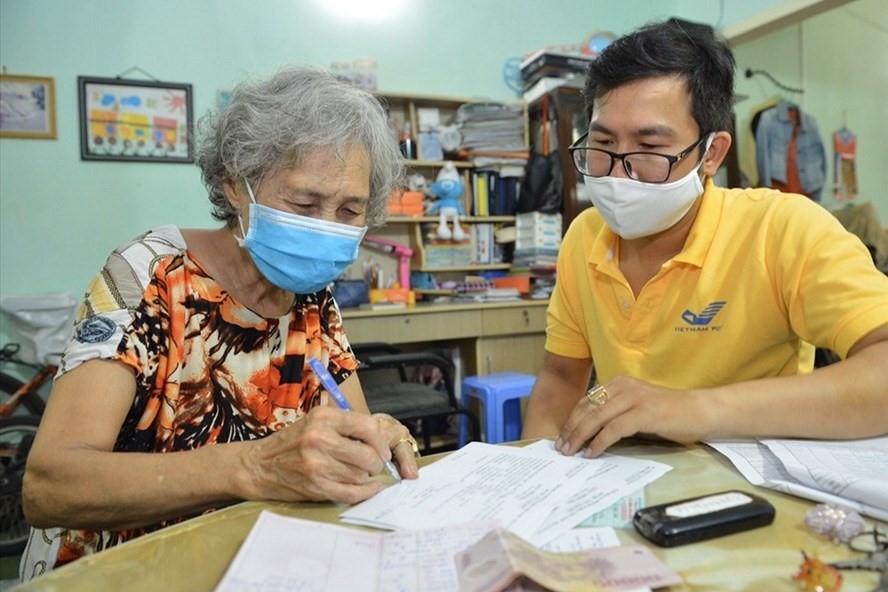




.Medium.png)
.Medium.png)
.Medium.png)
.Medium.png)
